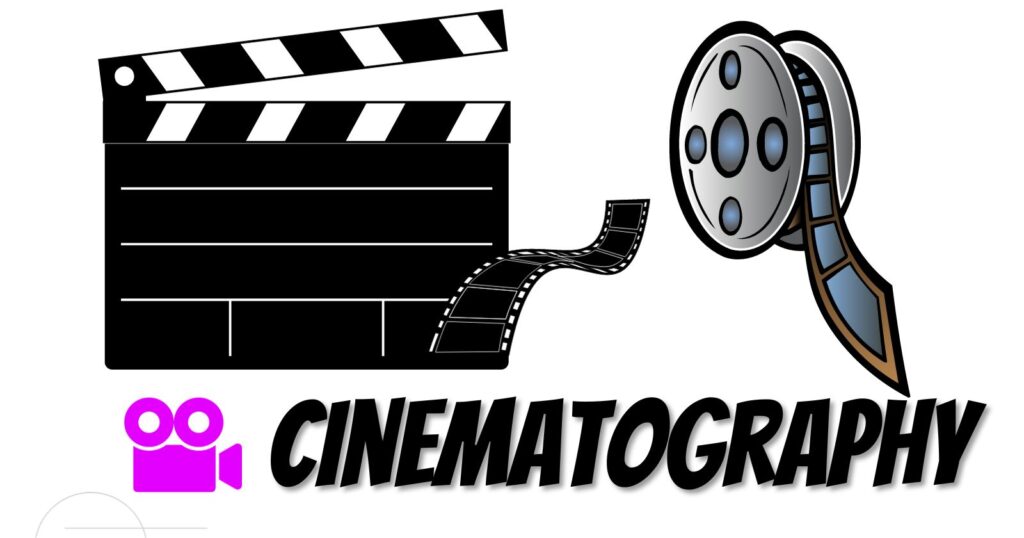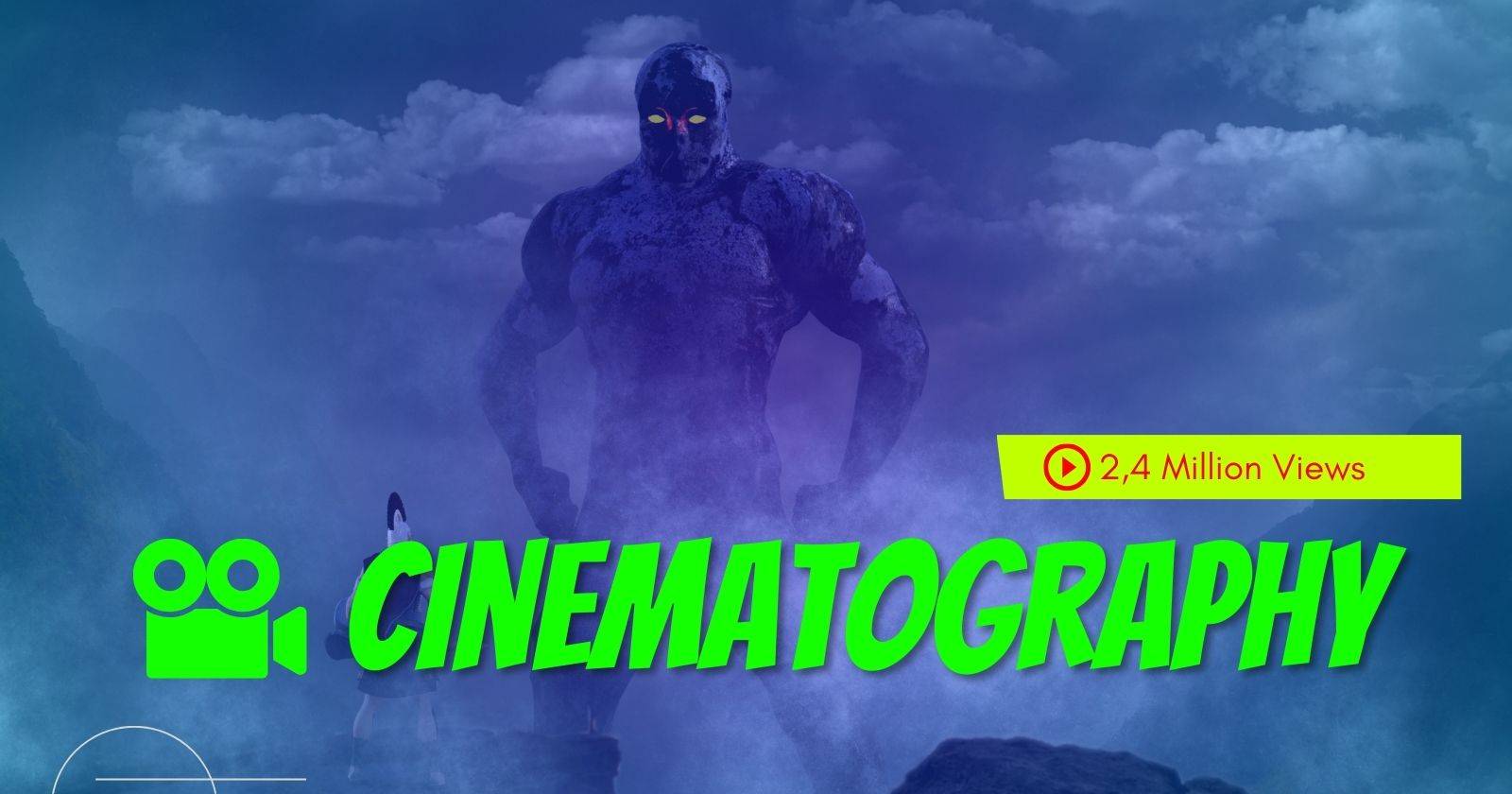CINEMATOGRAPHY
We explain what cinematography is and what this artistic technique entails. Also, the history and characteristics of cinematography.
What is cinematography?
Cinematography, also called cinema, is the technique and art of capturing, storing, and broadcasting moving images, often accompanied by sound.
The capture of images is carried out with a camera, which quickly captures a sequence of photographs and records them on a photosensitive film (or film), or on an image sensor. The images thus obtained when projected on a screen create the optical illusion of movement. In fact, if you slowed down a film projection, you would see that the reproduction of the images resembles a slide carousel.
As a technique, cinematography (like its derivatives, television and video) expanded and perfected the function of witnessing reality, which was previously carried out by writing, painting and photography, since it allowed events to be captured in a dynamic way, in its duration. In addition, it became a massive tool to communicate the record of events that occurred in distant places and previous times.
As an art, cinematography is a spectacle that tells a real or fictional story, in the form of a movie or film. Numerous professionals, technicians and artists are involved in its production, who are in charge of various tasks, from writing the script and taking the images to the interpretation of characters and the editing or montage of the recorded images.
Cinema has often been called the seventh art. This name, formulated for the first time by the Italian critic Ricciotto Canudo in the 1920s, is based on the traditional distinction of six arts (architecture, sculpture, painting, music, literature and performing arts) and represents an appreciation of cinema as a vehicle of aesthetic expression. At the same time, cinema can be considered the integration of different arts, as opera once was.
Cinematography arises from the idea of being able to record and transmit reality, given that, unlike photography, it can reproduce movement (and even sound). However, cinematography is not necessarily faithful to reality, not even when a documentary or journalistic report is intended.
Every cinematographic work is the result of a montage: an arrangement of the filmed sequences that, when viewed in one go, acquire meaning and verisimilitude.
Must Read:- Solar Energy, Volcano, Legend, Ecosystem
Characteristics of Cinematography

Some of the main characteristics of cinematography are as follows.
Technology
Cinematography depends on the use of cameras or camcorders, capable of quickly capturing sequences of images. Furthermore, in the production of a cinematographic work, technological devices are used to process, edit and collate images, and to create special effects.
Reality effect
Through the movement of images projected on the screen and the use of sound, cinematography achieves a degree of verisimilitude that surpasses that of other media, such as literature, radio, and even theater. So much so, that the first projections of the Lumière brothers in France, in which a train was shown coming in front of the viewer, caused an instinctive fear in the spectators that made them leave the room in terror, even though they were not running. real danger.
Multidisciplinarity
Cinematography is an eminently collaborative activity: the making of a film requires the participation of people specialized in different tasks: photography, lighting, editing, sound, makeup, costumes, among others.
Artistic integration
Cinema incorporates aspects of other arts, such as theater (scriptwriting, use of actors and scenery), photography (framing, lighting) and music.
Language
Cinema has developed its own language, based on the alternating use of different shots and editing techniques, through which the filmed material is manipulated and organized according to the order of the story to be told.
Massivity
After its beginnings, cinematography quickly became a means of mass communication, used both to entertain and to disseminate advertising or propaganda messages.
History of Cinematography
Cinematography emerged at the end of the 19th century. Its beginning is usually dated to December 28, 1895, when Louis and August Lumière held the first exhibition of a film obtained using a cinematograph, a device invented by themselves that allowed filming, copying and projecting films.
Initially, the cinema was considered a mere fairground attraction. The films, very short and without synchronized sound, showed street scenes, views of foreign places and current affairs.
Soon films began to be made that told small stories. The Frenchman Georges Méliès (1861-1938) was one of the first to film short fiction films, using actors and set material.
In 1927 the first sound film was released. Until then, films were shown accompanied by music performed live and with intertitles between the frames, in which the dialogues between the characters were transcribed. The incorporation of sound in films forced the number of frames per second (fps) to increase, which went from 16 to 24, in order to achieve correct synchronization with the image.
Although color film had been known since 1906, it was only in the 1930s that it began to be used more widely, with the introduction of a cheaper and less cumbersome coloring process than those previously known.
Between the 1930s and 1950s, cinematography became the primary means of popular entertainment. Many people went to movie theaters at least twice a week. American cinema was a gigantic industry and Hollywood lived its “golden age.”
With the arrival of television in the 1950s and video in 1980, cinematography introduced various technologies aimed at maintaining public interest, such as 3D, Cinerama and, more recently, IMAX. These technologies have tried, with greater or lesser effectiveness, to offer an immersive cinema experience.
Stages of Filmmaking
The making of a cinematographic work is a process that can last from weeks to years, and involves technicians, artists and promoters. Five stages are usually distinguished in the making of a film:
Development
The story to be filmed is decided; A plot synopsis and an outline of the possible development of the scenes are prepared. Then, the script is written (which can be an original story or an adaptation of a literary text), which contains the instructions for each scene and the characters’ dialogues.
Preproduction
The filming is planned with the determination of the technical and artistic personnel that will participate in the film, the filming equipment that will be used and the rest of the supplies that will be needed.
Production
The filming of the film takes place. This is the central stage of filmmaking.
Post-production
Once filming is completed, the film is edited and the soundtrack and special effects are added. Additionally, photochemical or digital processing of images is carried out.
Distribution
The film is distributed for exhibition, either in cinemas, on streaming platforms or offered directly to the consumer, through a copy on DVD or other format.
Film Genres
Analogously to literature, in cinematography there are various genres, depending on the theme or the approach with which the story is approached. Some film genres are:
Documentary film
Non-fictional in nature, it addresses some aspect of reality, for informative or educational purposes or to testify to a fact.
Action cinema
It presents a story associated with violent and risky events (explosions, fights, car chases, etc.).
Animation film
It is made from images created manually or digitally (drawing, stop-motion, computer animation).
Comedy
It tells a story that aims to make the viewer laugh or amuse.
Drama
It tells a story centered on some conflict between people, presented in a similar way to the conflicts that happen in real life.
Science fiction
It tells a story that takes place in a world dominated by technology, generally in a more or less distant future.
Suspense or thriller cinema
It tells a story that seeks to provoke tension in the viewer about the resolution of an enigma or a threatening situation.
Horror cinema
It presents a story with the purpose of causing fear, shock or trepidation in the viewer.
Western
It develops stories set in the 19th century in the American West, in which characters who embody the spirit of fighting and justice, scenes of shootings and encounters between white men and Native American communities are frequent.
Analog and Digital Cinematography
Since the beginning of cinematography, the recording of images was carried out on a flexible material: film or film itself. At first, films were made of celluloid, a plastic discovered in 1863. Because it is an expensive and highly flammable material, it was replaced by acetate in the mid-1950s.
At the end of the 20th century, digital cinematography emerged, which marked the beginning of a new era in film production, distribution and projection. In a digital camera, the film medium (analogue) is replaced by a photosensitive electronic sensor, which records the images and stores them in bits.
Digital cinematography has taken hold in recent years, largely displacing traditional technologies. Most films are shot with digital cameras, and both editing and processing of special effects are done using computers.
Many movie theaters have digital projectors that project images with great clarity and detail, and that try to compete with the quality of traditional films.
Cinematography Techniques
The cinematography uses various filming and editing techniques. Any commercial film that Hollywood studios distribute, any artistic short film awarded at the European Cannes festival, and even any television advertising serve as examples of the use of these techniques. Some of them are the following:
Long shot, medium shot, close-up
They correspond to various scales of the images captured by the camera, taking the human figure as a reference. The general shot shows a large space, in which the person appears small; The medium shot shows the individuals from the waist up; The foreground is centered on the people’s heads and shoulders.
Panorama
It is the movement of the camera on its own axis. It is used to show a scenario or an action that cannot be seen with a single glance. It can be horizontal or vertical, slower or faster, follow a character or take a general tour of a place.
Traveling
It is a movement of the camera towards or away from an object. It can also accompany the movement of a character. Unlike panning, the camera does not rotate around a fixed axis, but rather moves relative to it.
Countershot shot
They are two planes that are placed in succession in the assembly, located in parallel. It is the most basic way to film dialogue.
Cross-cutting
It is the cut from one action to another, which takes place in another place, usually with the aim of suggesting that both actions happen at the same time.
Molten
It is a way of marking the transition between scenes, through the progressive transition from a sharp image to a black image or vice versa.
Cinematography career
Cinematography is a complex activity, since the making of a film requires the intervention of a multidisciplinary team, in which different professionals converge.
Currently, the professional cinematography career encompasses a series of specializations, each of them oriented towards a specific technical activity. Many times, these activities constitute different professional careers in themselves. Some of them are:
Director
Coordinates the team and makes filmmaking decisions during filming and post-production.
Producer
It is responsible for obtaining the economic, technical and artistic resources to make the film, including actors and locations.
Screenwriter
Write the story and the sequence of shots that will be taken when shooting the film
Director of photography (cinematography in English)
Responsible for decisions regarding lighting, framing and composition of images in the film.
